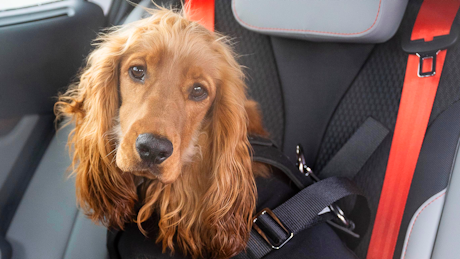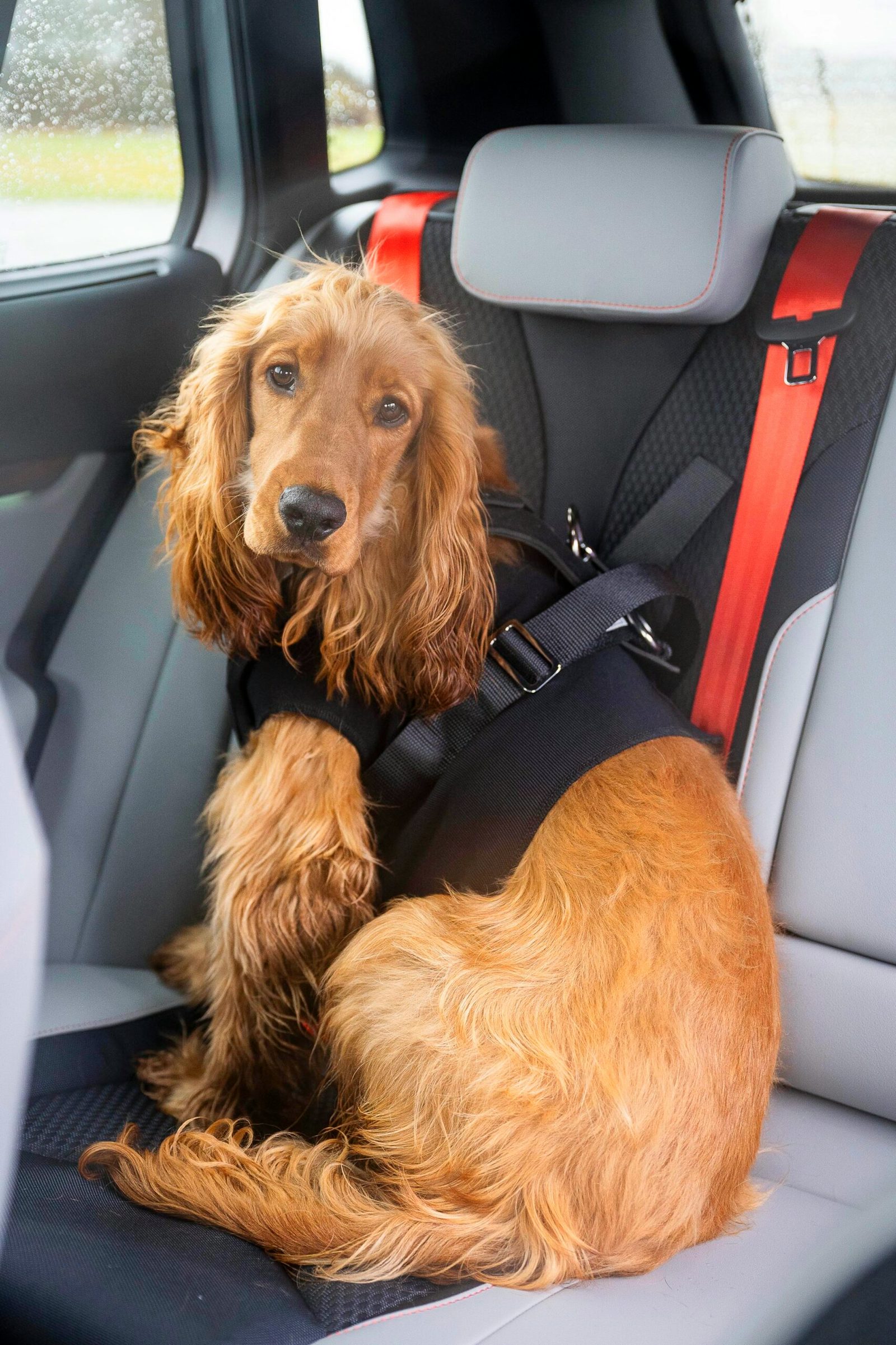
Study Shows Dogs Are More Relaxed in Electric Cars - Tips for All Vehicle Types
Dogs experience less stress when travelling in electric vehicles, according to a study by Skoda and veterinarian Dr Scott Miller. The research tracked a one-year-old cocker spaniel's heart rate in different vehicle types, revealing significant findings about dog comfort in cars.

Brown dog sitting in car
The study showed the dog's heart rate increased from 80 BPM to:
- 100 BPM in electric vehicles
- 120 BPM in petrol vehicles
- 125 BPM in diesel vehicles
Dr Miller noted that EVs provide a smoother, calmer experience due to their quiet mechanics and absence of gear changes. Dog behaviorist Anna Webb explained that dogs' superior hearing makes them especially sensitive to traditional engine noises and vibrations, which can trigger motion sickness.

Man and dog in car
A survey of 1,500 dog owners revealed:
- 32% worry about their dog's anxiety during car journeys
- 53% drive with pets weekly
- 54% have avoided car travel due to pet anxiety
- 41% consider their dog's comfort when choosing a vehicle

Black BMW Z4 parked on street
Essential Tips for Reducing Dog Anxiety in Cars:
- Use proper restraints (required by law):
- Pet carrier
- Crate
- Seat-belt harness
- Monitor stress signals:
- Whining
- Excessive panting
- Drooling
- Unusual chewing
- Build confidence gradually:
- Start with short trips
- Gradually increase duration
- Make journeys positive
- Create a comfortable environment:
- Maintain proper ventilation
- Keep temperature below 20°C
- Ensure fresh water availability
- Use calming music
- Drive smoothly
- Schedule regular breaks
- Stay calm yourself, as dogs can sense human anxiety
Remember to plan journeys carefully, avoiding peak traffic and extreme temperatures, and always ensure proper ventilation and regular breaks for your pet's comfort and safety.
Related Articles
Top UK Driver Hotspots Revealed: Where Are Britain's Worst Drivers?

